Service hotline
+86 0755-23615795
Release date:2025-07-25Author source:KinghelmViews:47
Why selecting the right connection cable matters
In the world of consumer electronics, choosing a connection cable might seem straightforward. Yet, even small errors can create big setbacks for Procurement and Engineering teams. The wrong choice can lead to signal degradation, mechanical failure, or unexpected cost overruns. This article explains the most frequent mistakes and offers practical strategies to avoid them, ensuring better product quality and supply chain stability.
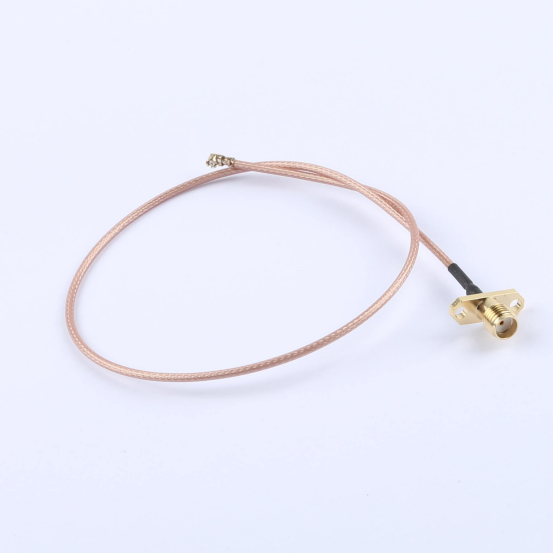
Underestimating the impact of connection cable design
One major oversight is assuming all cables work the same way. Different applications demand unique mechanical and electrical properties. Teams that neglect detailed analysis of a connection cable often face performance loss in production. Factors like impedance, shielding, and conductor type play critical roles. These small details can influence product lifespan and user satisfaction.
Consumer electronics may operate indoors, outdoors, or in high-humidity conditions. Selecting a connection cable without assessing temperature range or moisture exposure can cause failures in the field. Proper materials, such as high-temperature insulation or moisture-resistant jackets, help extend product life and reduce warranty costs.
Repeated bending, pulling, and vibration put mechanical stress on cables. Many Engineering teams focus on signal integrity while ignoring mechanical durability. Cables without strain relief or correct bend radius fail early. Prevent issues by reviewing usage scenarios and selecting the right cable construction for dynamic or static use.
Price pressures often lead Procurement teams to select cheaper cables. While initial cost savings may seem beneficial, the real expense emerges through increased returns or repairs. A higher-quality connection cable can reduce total cost of ownership by lowering product failures and improving customer satisfaction. Balance cost with performance data, supplier reputation, and historical reliability.
Suppliers without proper certifications may provide inconsistent quality. Ensure every connection cable supplier offers certifications like ISO, UL, or RoHS compliance. Verifying certifications helps maintain consistent quality and avoids legal or regulatory issues down the line. Reliable sourcing reduces risk throughout product life.
Many devices operate in crowded RF environments. Ignoring EMI performance in connection cable selection risks signal degradation and user complaints. Shielded cables or twisted pairs help control interference. Teams should test under real conditions to ensure compliance with EMC requirements.
Lab results rarely match field reality. Testing a connection cable only under ideal conditions misses key problems. Simulate vibration, heat, and movement to see real-world impact. Validating prototypes through stress tests identifies weaknesses early, avoiding costly recalls later.
Different products demand unique solutions. A cable perfect for a wearable may fail in a high-power device. Document technical requirements for each project, including electrical, mechanical, and environmental specifications. Avoid reusing the same connection cable design without review.
In production, cables must be easy to assemble and connect. A design difficult to route or terminate increases assembly time and defect rates. Work closely with manufacturing teams to choose connection cable designs that simplify assembly and reduce errors.
By applying these strategies, Procurement and Engineering teams can minimize risk:
Building relationships with experienced cable manufacturers helps teams stay ahead of new standards and materials. Reputable suppliers offer engineering support and testing data, which improves design quality and speeds time to market.
Ultimately, choosing the right connection cable requires collaboration across Procurement, Engineering, and Manufacturing. Careful analysis, real-world testing, and strong supplier partnerships lower risk and ensure consistent product quality. Avoiding these common mistakes will help deliver better devices and greater customer trust.

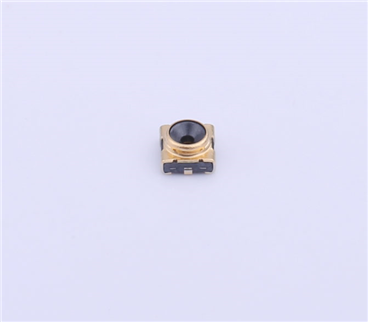
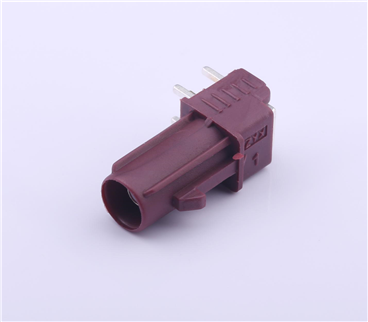
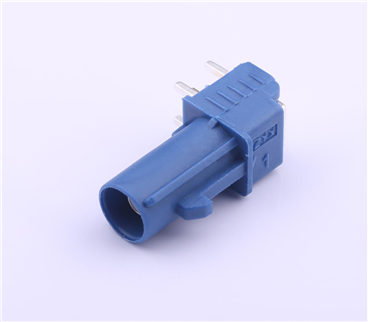
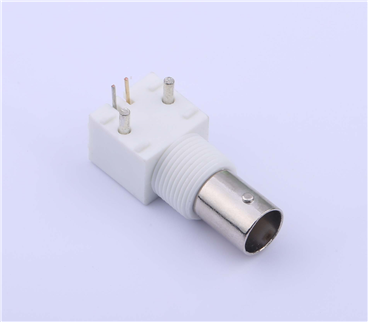
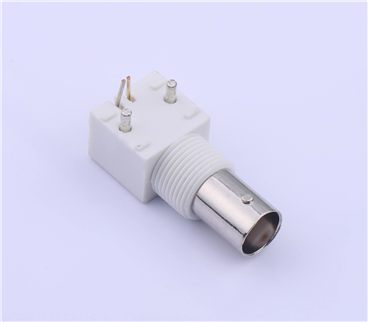
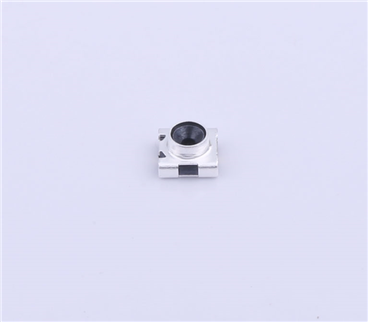

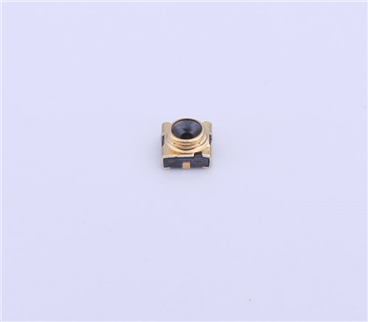
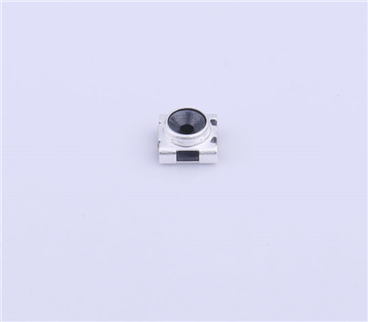
Copyright © Shenzhen Kinghelm Electronics Co., Ltd. all rights reservedYue ICP Bei No. 17113853